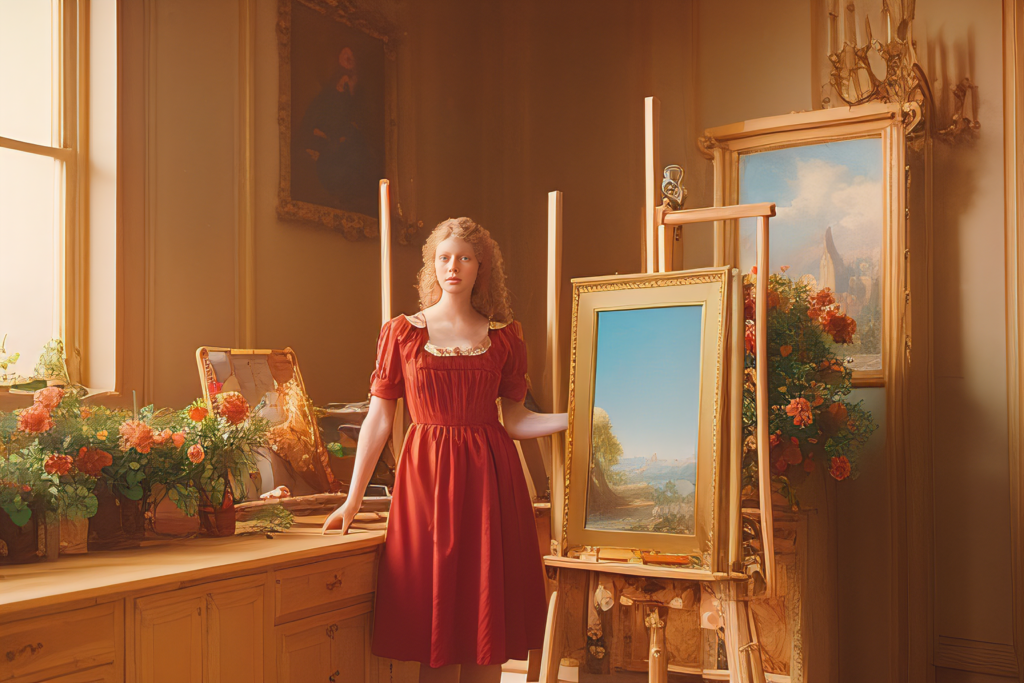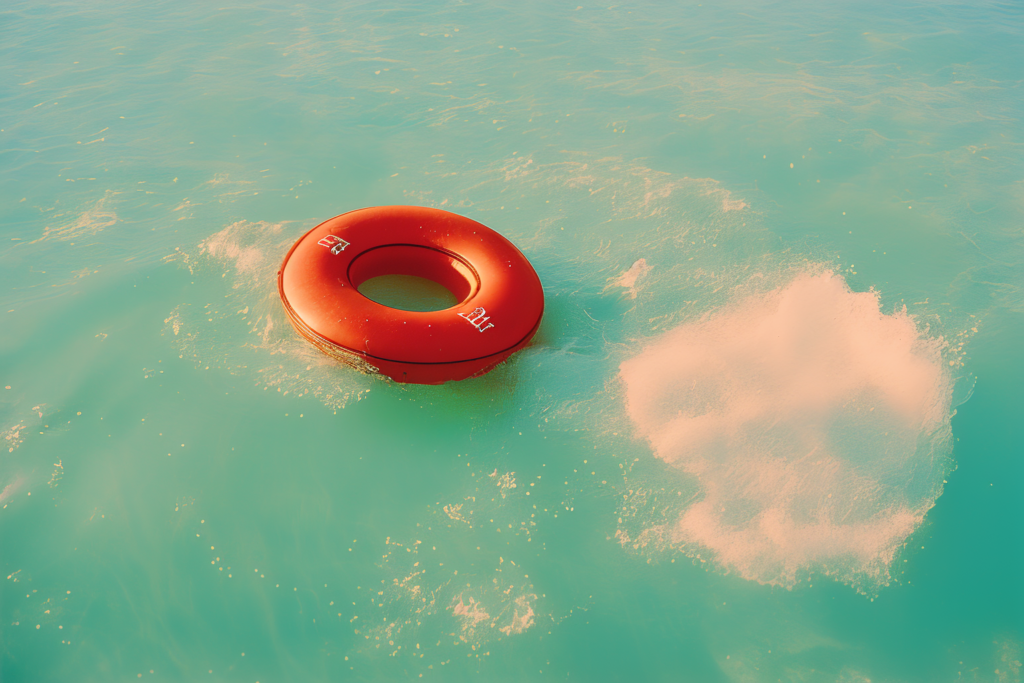Have you ever wanted to create incredible works of art by just describing them? If so, then you’ve probably gotten excited after learning about AI art services. Stable Diffusion is one of those AI art models that, unlike online web services, can be run without limitations on the type of art you can make.
But is there a way for you to test the waters and get your toes wet in AI art without having to spend any money? Yes, yes there is.

How Can I Test Out Stable Diffusion for Free
There are three ways you can try out Stable Diffusion for free. The most notable of these (from easiest to most complicated) are:
- Running prompts on the Huggingface website
- Use the free trial on Stability AI’s web service, Dream Studio
- Installing Stable Diffusion on your own computer (if you already have the right hardware to run it)
1. Huggingface Website
Using the following link, you can use this public prompt page to start generating AI art from text prompts:
https://huggingface.co/spaces/stabilityai/stable-diffusionThere’s no obligation to create an account or provide any personal information. However, there are caveats to this test page:
- You cannot adjust any advanced features on this page,
- When usage of this test server goes up it will start giving you errors,
- images can only be generated at 512×512 pixels
But if all you want to do is see how Stable Diffusion works, this page works fine as a first introduction.
2. DreamStudio
Stability AI, one of the company’s behind the creation of Stable Diffusion, runs a web service for creating AI art. It’s called DreamStudio and it’s very similar to the services available from Midjourney and Dall-E 2. Except Stability AI has no waiting list to join and does not require the use of Discord.
All you have to do is sign up for an account with a valid e-mail address, and Dream Studio will give you 100 free credits to start with. Depending on the settings and resolution you use when prompting, these credits are valid for creating roughly 10 to 1,000 generations on their site. Unlike the Huggingface page provided earlier, Dream Studio allows access to advanced controls like picking different sampling steps, sampling methods, and so on.
The free demo tokens should give you enough generations to become acquainted with the technology. But if you plan on getting serious about AI art and want to create a lot of images, you may want to move to the next option…
3. Local Installation
A local install of Stable Diffusion will give you the most expansive options for testing out AI art creation. The software is free to download and use. When running on your own computer, there are no “tokens” to purchase and no monetary limits on how much art you can generate. Your only limitations are the hardware that your computer is built with. If your computer is already equipped with the right components, then there is no need to spend any extra money to get Stable Diffusion running. If you plan on running a local copy, here is a rough overview of the minimum hardware requirements you’ll need to meet or exceed:
- A Nvidia GPU: the technology upon which Stable Diffusion is built requires CUDA
- At least 6 GB of VRAM: this is RAM that is built into the graphics and is separate from standard computer RAM, and
- Plenty of hard drive space: AI models can be quite large (usually 2 to 4 GB’s) and if you generate a lot of images those can take up a lot of space.
If you have the necessary components for running Stable Diffusion, then you can learn to install a GUI version that’s beginner-friendly in this article.
Conclusion
You can certainly sign up for a paid service to make AI art. But before you start paying every month for the tools, why not test it’s capabilities first? Thanks for reading. If you found this article helpful, here are a few more you may like:


